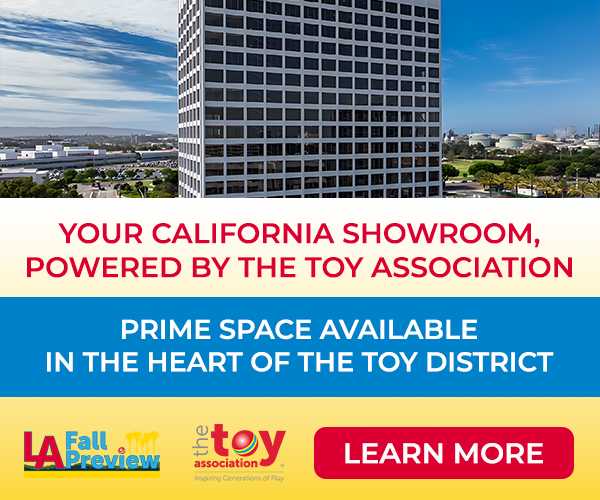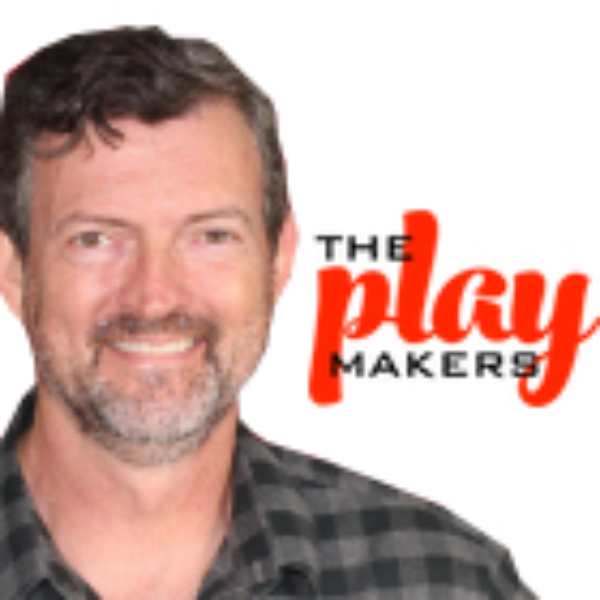Jeffrey Jones on Licensing Your Invention
by The Bloom Report | 07 Aug 2022
Industry Commentary, Op-Ed

I have spent the majority of my career in the toy industry with a focus on product development, marketing, innovation and process improvement. To break it down I innovate, make stuff and sell/market it.
In the Toy Industry I suspect particularly more-so than many others, Professional Inventors play a critical role in the flow of product concepts that are the lifeblood of the Industry. I have been fortunate in that I have had the opportunity to work with Inventors developing product (especially during my time at Tiger Electronics) and also have been the Inventor Relations Person for companies I have worked for. I especially enjoyed this role as it afforded me the exposure to the amazing creativity and innovation that Inventors bring to the table. It also opened my eyes to the harsh reality these people face when trying to license their concepts to Toy Companies.
I looked back and tried to quantify just how steep this climb was and here is the data:
- The harsh reality is that the vast majority of inventions never see the light of day.
- When I was responsible for reviewing Inventor Concepts, here are the annual stats (average)
- 5K+ concepts presented to me
- 1K concepts brought in to review with PD/Marketing team (80%+ reduction)
- 30 – 50 concepts licensed
- 10 – 20 brought to market (0.4%) – 99.6% Failure
And this was for a company that was OPEN and WELCOMING to Inventors!
For those that are trying to license their concepts to Toy Companies, what follows is a view from “the other side” e.g. from the perspective of the Toy Company as it considers whether to license concepts and a VERY brief view on the process of actually licensing the concept if chosen.
The first question as an Inventor is “How can I break through when the odds are so stacked against me?”
The answer is deceptively simple, but to be fair the execution of the answer is a whole bunch harder.
To break through you need to be ready to R.O.C. (cue the stadium rock!)
RESEARCH
OPPORTUNITY
CONTRACT
So what does it mean to ROC?
It starts with RESEARCH
This means Inventors need to understand their product’s place in the market. To achieve this they need to do the leg work necessary to really be able to demonstrate how their concept truly stands out in the marketplace. This includes:
- A Full Competitive overview
While all Inventors share the belief that they have created something truly unique (and it is often the case) no product is without competition. It can be similar items in the same category, it can be similar items at the price point, and so on. One of the realities that happened when reviewing concepts is to be presented something that is already in the market (perhaps slightly different albeit very close). Inventors need to constantly be in the market to understand what is “out there” and especially with on line it can even be done without leaving the house. Regardless (and I do highly recommend visiting stores) understanding the market it crucial for an Inventor. In addition and equally critically the Inventor needs to be able to answer the following questions:
- How the features and functions of your product match or differ from competitive products?
- How big is the market for the product?
- Who is the target demographic? (keeping in mind that other than food, water and oxygen – there is nothing that “everyone wants/needs”. The more specific you can identify the target the better chance of showing the potential.
- How will your concept compare by price to the competition (it doesn’t have to be lower!)
- Understanding what Companies are looking for and what is the opportunity for them.
A lot of Toy Companies will publish wish lists that outline what types of products and for what categories would be of interest to them. Especially the large companies such as Hasbro, Mattel, Spin Master etc., this list is a great starting point and can be obtained through their Inventor Relations Department/Team. This though is just the starting point of what you as an Inventor need to know. Other key areas are:
- Pricing/Margin Requirements: this means for the Toy Company and ALSO within the competitive environment.
- Distribution: where does the company distribute? Are these outlets that would carry the type of product you have created? Do they distribute in USA, NA, Globally?
- What is the projected cost of your product? This is where a lot of Inventors get flummoxed – how can you cost something that hasn’t been made yet? The answer is quite easy: Find the competitive product, compare your concept to the competition (size, number of parts, materials, electronics (or not) and then look at the retail of the competitive products. Divide by 4 and that is approximately what your product will cost (if you do an honest assessment). It obviously isn’t a detailed engineering bill of materials but it is a good guide. If you can’t find anything to compare to you may have over designed your product.
3) Knowing who to pitch to? (Companies and specific individuals). When I was in Inventor Relations I from time to time had an Inventor pitch me a product that was entirely out of the realm of categories and types of products my company made. While not impossible it is highly unlikely we would consider an entirely new category especially when we likely did not have relationships with the buyers or was known for that category. Inventors need to do their homework and pitch products that can fit into the strategy of the companies they are pitching to. To put it simply if a company does not make board games, don’t pitch them board games. So how to figure this out. Well simply put, look who makes what as part of your competitive search and target accordingly. Then once you have identified the targets contact the company and get the details for who reviews Inventor concepts.
Now you have done your homework and identified the targets to pitch your concepts to, the next challenge is “How do I pitch my product?”
The answer is to create the narrative for your product. What is the story about the opportunity for this product? This product story is made up of several key parts:
- Demographics (who is the product for) – be specific – if you try and talk to everyone you talk to no one!
- Costing/Margin: How much will the product cost and how does that fit into the market? (this is why you research!)
- Core benefits and USP (Unique Selling Position)
- Elevator Pitch - you need to be able to tell the story and demo the product in less than a minute
Remember!!! The person you pitch to is an expert in the field, you need to know the answers to their questions BEFORE they are asked! Also these companies have R&D teams that are constantly working on internal development, you are competing against them too.
BUT WAIT! There is one really big step before the pitch and that is the NDA (non-disclosure agreement).
Companies will universally require you to sign a NDA before allowing you to pitch them. You MUST have a lawyer that is expert in Intellectual Property Law review the NDA before you sign it and explain to you exactly what it means.
OK so you did your homework, signed the NDA (after reviewing with your Lawyer) and made your pitch and congratulations, the company wants to license your concept. Well done you! Now comes that really hard part, the licensing contract.
This next bit is a very basic explanation of how contracts work to license a concept and is in no-way a substitute for having a good Intellectual Property Lawyer (not your Sister who is a Defense Attorney).
At the most basic level licensing contracts cover the specific requirements of both the Inventor and the Toy Company related to the exploitation of the concept. These cover the business terms (money) territories (where can it be sold), term (how long is the agreement) exclusivity, and performance requirements. All of which can be negotiated and all of which require you have a good Intellectual Property Lawyer to guide you.
Companies may either license the Invention outright or Option it for further review
- An Option is an agreement that in exchange for a payment, an interested Company has exclusive review rights for a fixed period of time after which they must license or return the Invention.
- A License grants the interested Company rights to exploit the Invention in the market – this may be exclusive, semi exclusive or non-exclusive.
- Exclusive grants all rights for all markets
- Semi Exclusive grants exclusive rights for specific markets or geographies
- Non-Exclusive grants exploitation rights only
Companies DO NOT LIKE Non-Exclusive Licenses!
- In addition contracts include key terms and conditions for the exploitation of the Invention
- Markets:
- Distribution Channels
- Geography – USA, NA, Global
- Can the Licensee deliver – do they actually sell in all the geographic territories?
- Term:
- Go to market date – when does the company have to actually introduce the product?
- Duration of the License
- Renewal requirements – can the deal be renewed and under what conditions?
- Performance requirements:
- Sales/Distribution efforts
- Marketing Requirements
- Legal markings
- Financial Considerations:
- Advance
- Guarantee
- Is there a make good clause?
- Royalty Rate:
- Markets:
Are there different rates for different distribution, markets, etc.?
Bottom line is make sure you have a good lawyer that is experienced in these contracts and negotiations.
Creating a new product as an Inventor and successfully licensing it to a Toy Company is simply put hard. These tip and insights I have shared are meant to help you improve your chances of securing the deal. The Toy Industry has been largely built through the creativity and innovation of Inventors, knowing the path to success is a big part of getting there.
*****
Jeffrey Jones is Principal of Jeffrey M Jones & Associates LLC and focuses on applying real-world experience and deep market understanding to empower clients to profitably grow their businesses through strategic brand development, product development/innovation and consumer marketing.
Guiding clients from blank sheet of paper to consumer's home.
- Providing Strategic Marketing, Web Site, Social Media , Promotions and Marketing, Brand Development, Product innovation, Ideation, Design, Costing, Engineering, Factory Sourcing, Product Management, Packaging, and Global Sales Development .
• Clients include: Hasbro, Witty Toys, Forever Clever, Playmates Toys, Magic Box International, Sunfun (HK) International Ltd. , memBrain LLC, G-Ro, Cubbi, Tastemakers.
• Categories include: Toys & Games, Sporting Goods, Luggage, Consumer Electronics, Fitness Equipment, Novelties.
Recent Blogs
Recent Blogs
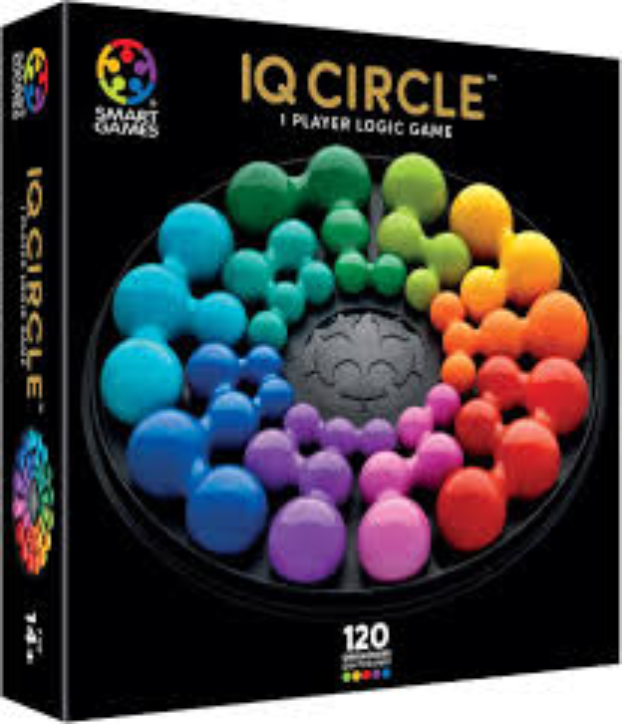
Reviews
Game Review: IQ Circle

Biographies and Interviews
Catching up with Eric Olsen, The Inventor of Flip 7 and Co-Creator of Messy Table Games

Reviews
Book Review: Happytecture by Anna Devís & Daniel Rueda
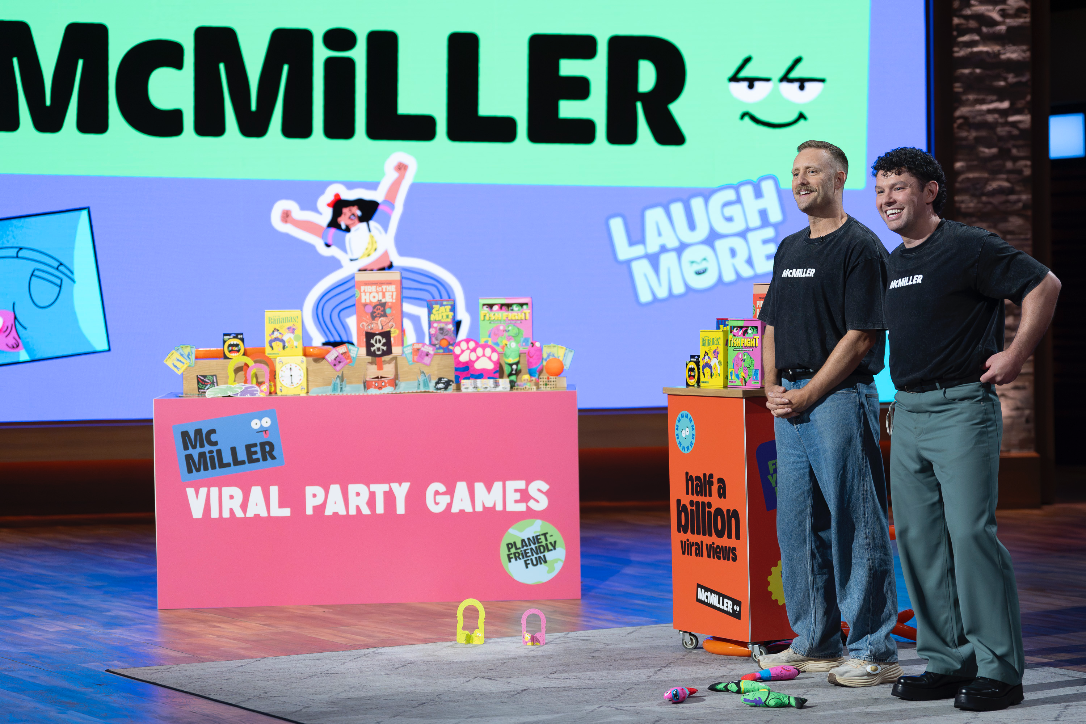
Biographies and Interviews
From Stage Lights to Game Nights: McMiller’s David & Julian on Shark Tank (Dec 10th), Viral Success & Building a Business With Your Husband

Press Release
Leslie Scott (creator of Jenga) announces the launch of BOUNDLESS PLAY
See more
Recent Wiki
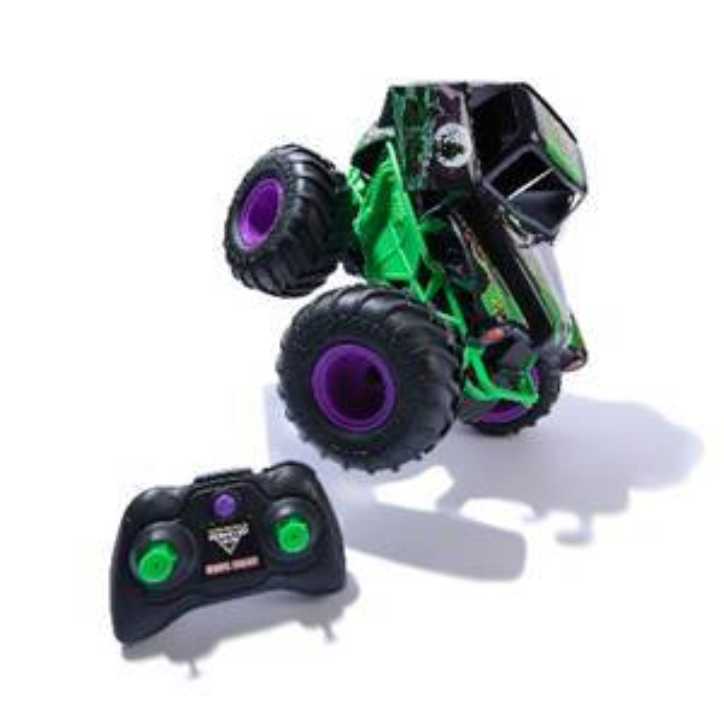
BOOK REVIEWS
Toy Review: Monster Jam Smash & Bash Grave Digger Monster Truck
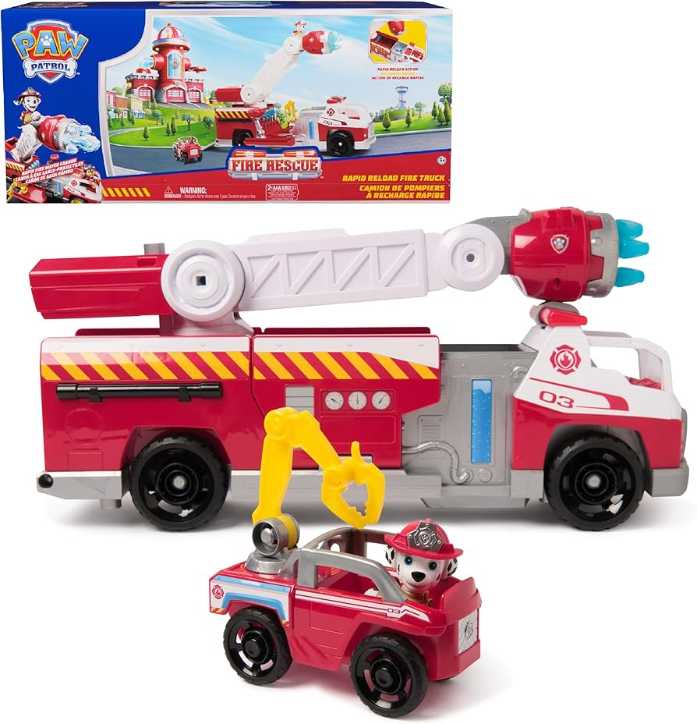
BOOK REVIEWS
Toy Review: Marshall's Rapid Rescue Fire Truck
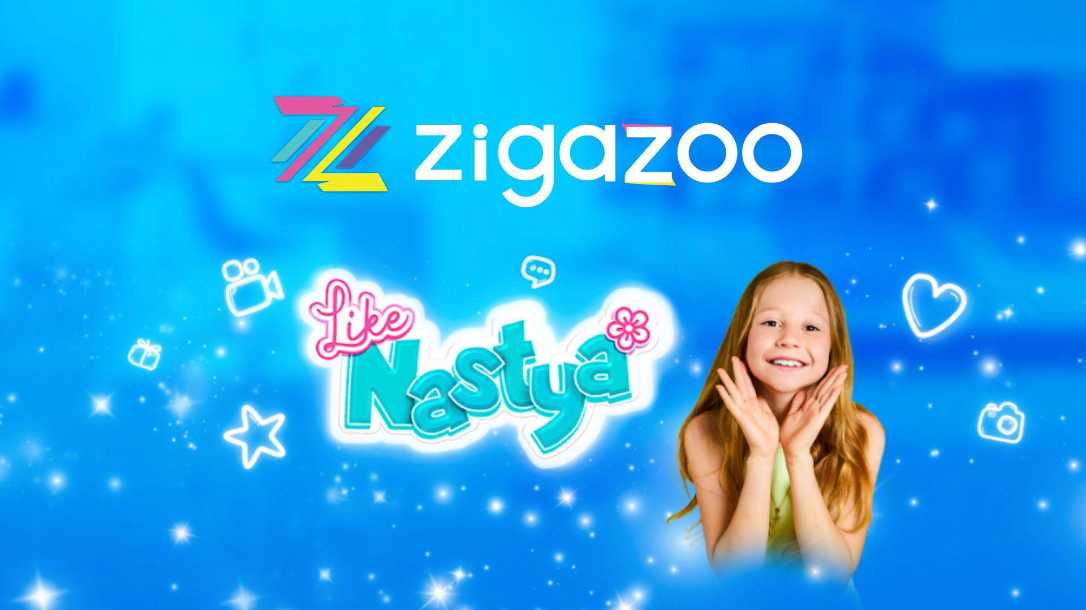
COMPANIES
Zigazoo Secures Partnership with YouTube Star Like Nastya to Inspire Millions of Kids
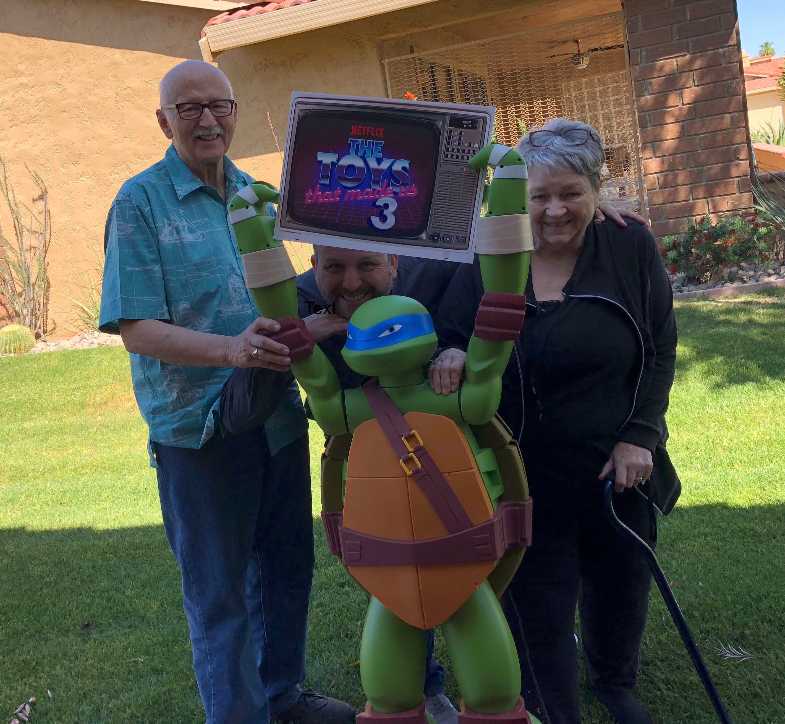
PEOPLE
A Legacy of Play: Inside the Carlson Family’s Multi-Generational Journey Through the Toy Industry
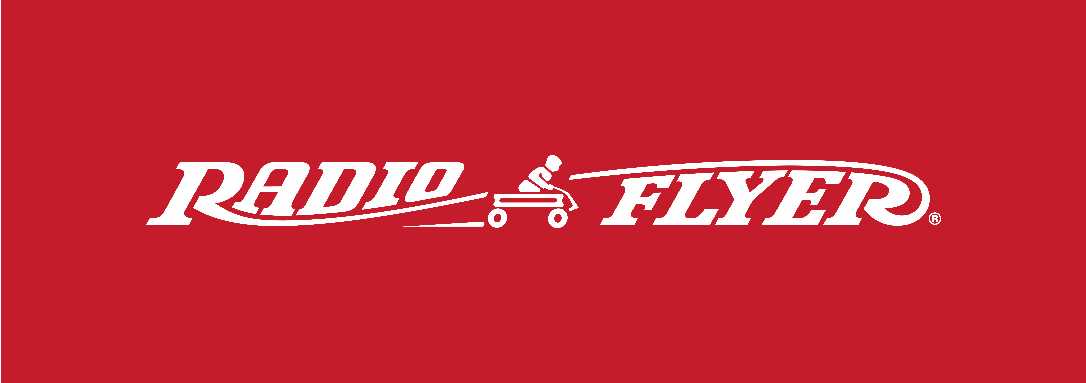
COMPANIES
Radio Flyer Studios Announces the Launch of its First Original Animated Series, Max & Maple: The Can-Do Kids
See more
POP's Got Talent

POP Entertainment
Randy Klimpert Shares his Ukulele Collection

POP Entertainment
Steve Casino Peanut Art

POP Entertainment
Everyone's Talking about POP!

POP Entertainment
Princess Etch - a Multi-Talented Etch A Sketch Artist

POP Entertainment
Joseph Herscher of Joseph' s Machines.
See more
Recent POPcast

Hidden Role: The Brains Behind your Favorite Games
Connie Vogelmann designed Apiary & Wyrmspan!

Hidden Role: The Brains Behind your Favorite Games
Bob Fuhrer... Is THE Crocodile Dentist!

Hidden Role: The Brains Behind your Favorite Games
Tom Dusenberry... Bought Atari, Wizards of the Coast, and Avalon Hill!

Hidden Role: The Brains Behind your Favorite Games
Matt Leacock created Pandemic... the game!

Hidden Role: The Brains Behind your Favorite Games
Scott Brown and Tim Swindle... are Launching a New Sport!
See more
POPDuos

POPDuos: Interviews with Legends and Leaders
POPDuo: Richard Dickson, Mattel’s President & COO, and Kedar Narayan, Young Inventor Challenge AMB

POPDuos: Interviews with Legends and Leaders
POPDuo: Will Shortz and Josh Wardle

POPDuos: Legends and Leaders Explore Creativity
POP Duo: Elan Lee, Co-Founder, Exploding Kittens.and Jeff Probst, Host and Exec Producer, Survivor

POPDuos: Legends and Leaders Explore Creativity
POP Duo: David Fuhrer, MNG Director, Blue Sq Innovations & Shawn Green, past Dodgers & Mets MLB Star

POPDuos: Legends and Leaders Explore Creativity
POP Duo: Bob Fuhrer, Founder, Nextoy and Tom Fazio, Golf Course Designer
See more






